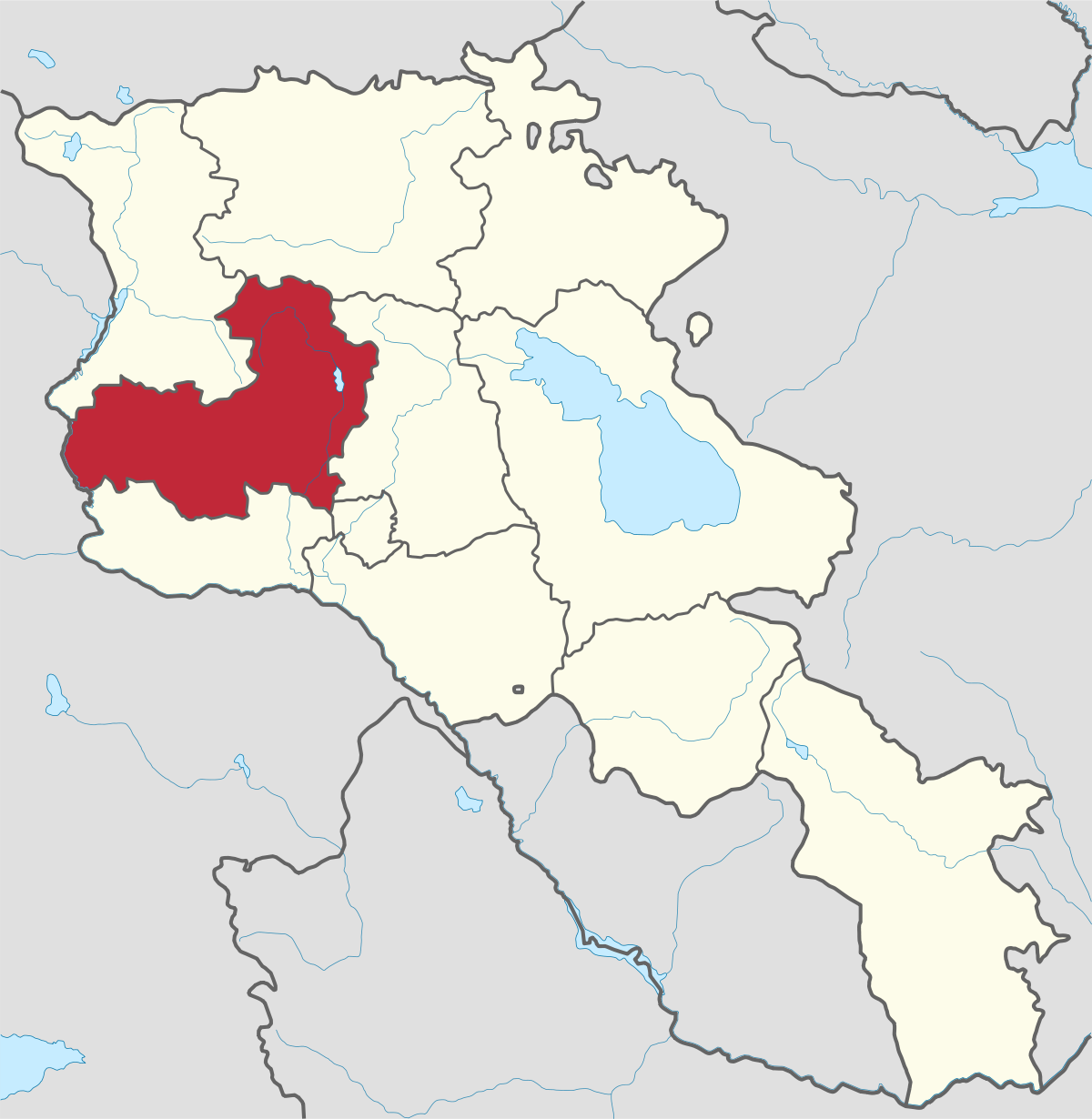
Aragatsotn Region
Aragatsotn is named after the massive mountain (4095m / 13,435 ft.) that hovers over the northern reaches of Armenia. This region is one of the...
Mount Ararat
Ararat is a snow-capped and dormant compound volcano. It consists of two major volcanic cones: Greater Ararat (Masis) with an elevation of 5,165m; and Little Ararat (Sis), with an elevation of 3,895m. The Ararat massif is about 35 km wide at ground base.
Mount Ararat in the bible
Accoding to the bible, Mt. Ararat is the resting place of Noah's Ark. It is the principal national symbol of Armenia and has been considered a sacred mountain by Armenians. It is featured prominently in Armenian literature and art. Along with Noah's Ark, it is depicted on the coat of arms of Armenia.
The mountain is currently in the territory of Turkey, more precisely in Eastern Turkey’s Eastern Anatolia Region; 32 kilometers from the Armenian border.
The first efforts to reach Ararat's summit were made in the Middle Ages. However, it was not until 1829 when Friedrich Parrot and Khachatur Abovian, accompanied by four others, made the first recorded ascent.
Holly Mount Ararat
Mt. Ararat is the highest peak of the Armenian Highland. Since prehistoric times Ararat has been a Holy Mountain and a Holy land for the people of the ancient world. The Sumerians one of the first civilizations in the world called Ararat, Aratta. In their great epic poems of Gilgamesh and Aratta, they call of land of their ancestors, the Arattans in the Highlands of Armenia. The Sumerians also in their great poems describe, the Great Flood and the rebirth of life. The Sumerians had a very close connection with the Land of Ararat and considered it as their ancestral homeland. The Egyptians, too believed that life began from a mountain, surrounded by water. The Egyptians, too had since ancient times close connections with the people of Ararat. The great pharaohs many times married into the noble and royal families of ancient Armenian kingdom of Mittani. Their friendship and cooperation with the Kingdom of Mittani and close connections stretched from the Kingdom’s period into the Hyksos and Hurrian dynasties in Egypt from the Armenian Highland. The Holy Bible and the Hebrew scriptures too, tell us of the Great Flood and Noah’s Ark. Forty days of the Great Flood, which symbolizes the long time of the Flood and rains( the number forty in ancient civilizations, meant a lot, in Armenian Folklore it even had a significant and symbolic importance). When the rain stops and the water secedes, Noah descents from upon the Holy Mt. Ararat into the Araratian valley of Armenia. He advises his three sons too go from Armenia, into all corners of the known world to repopulate the world. Japhet, Noah’s oldest son decides to stay with Noah in Armenia and becomes the forefather of the Armenian people.
The Armenians since those times have considered Ararat as the Holiest place in the world.

Aragatsotn is named after the massive mountain (4095m / 13,435 ft.) that hovers over the northern reaches of Armenia. This region is one of the...
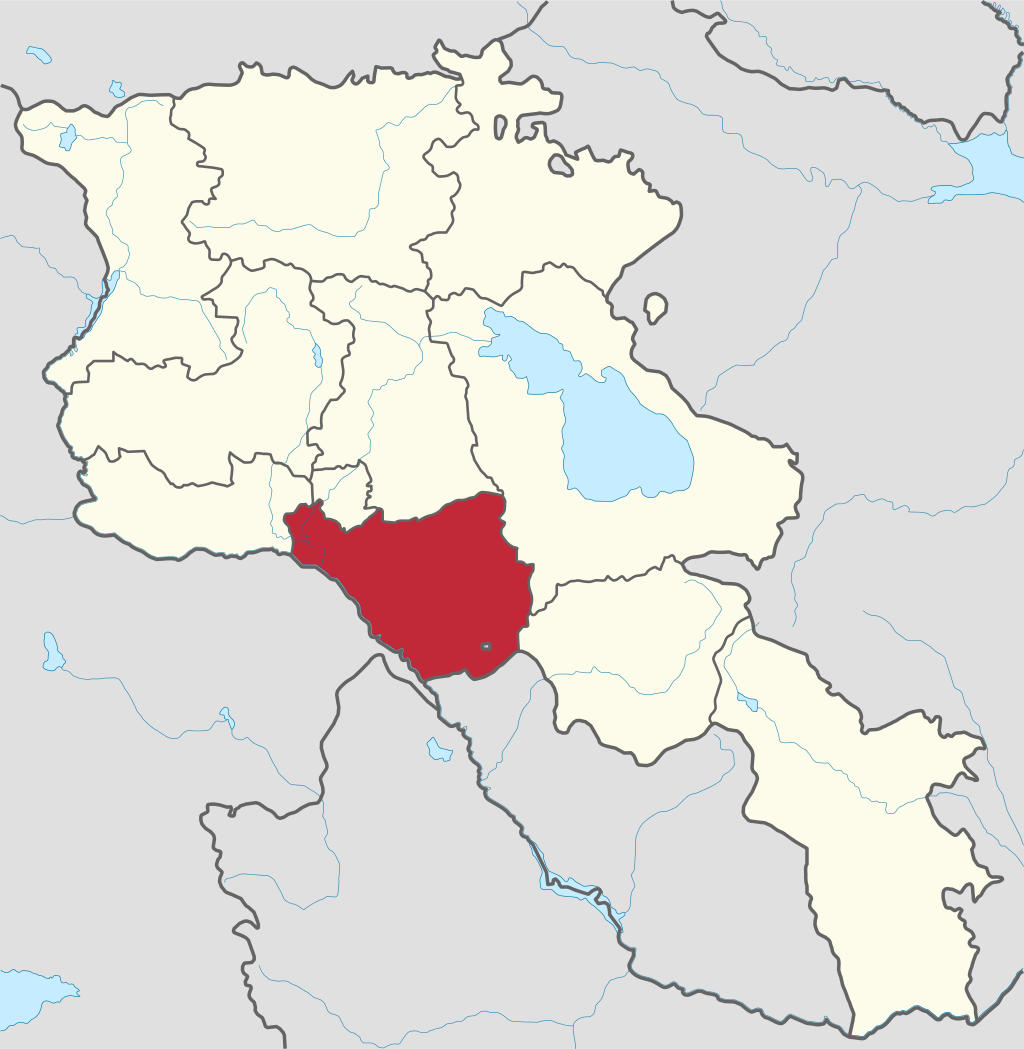
Ararat region is named after the biblical Mount Ararat which is mentioned in the Bible as a place where Noah’s ark has landed after the Great...
.png)
Armavir Region - Because of its Christian history the region is most famous for locals and Diaspora Armenians, who make pilgrimages to Armenia to...
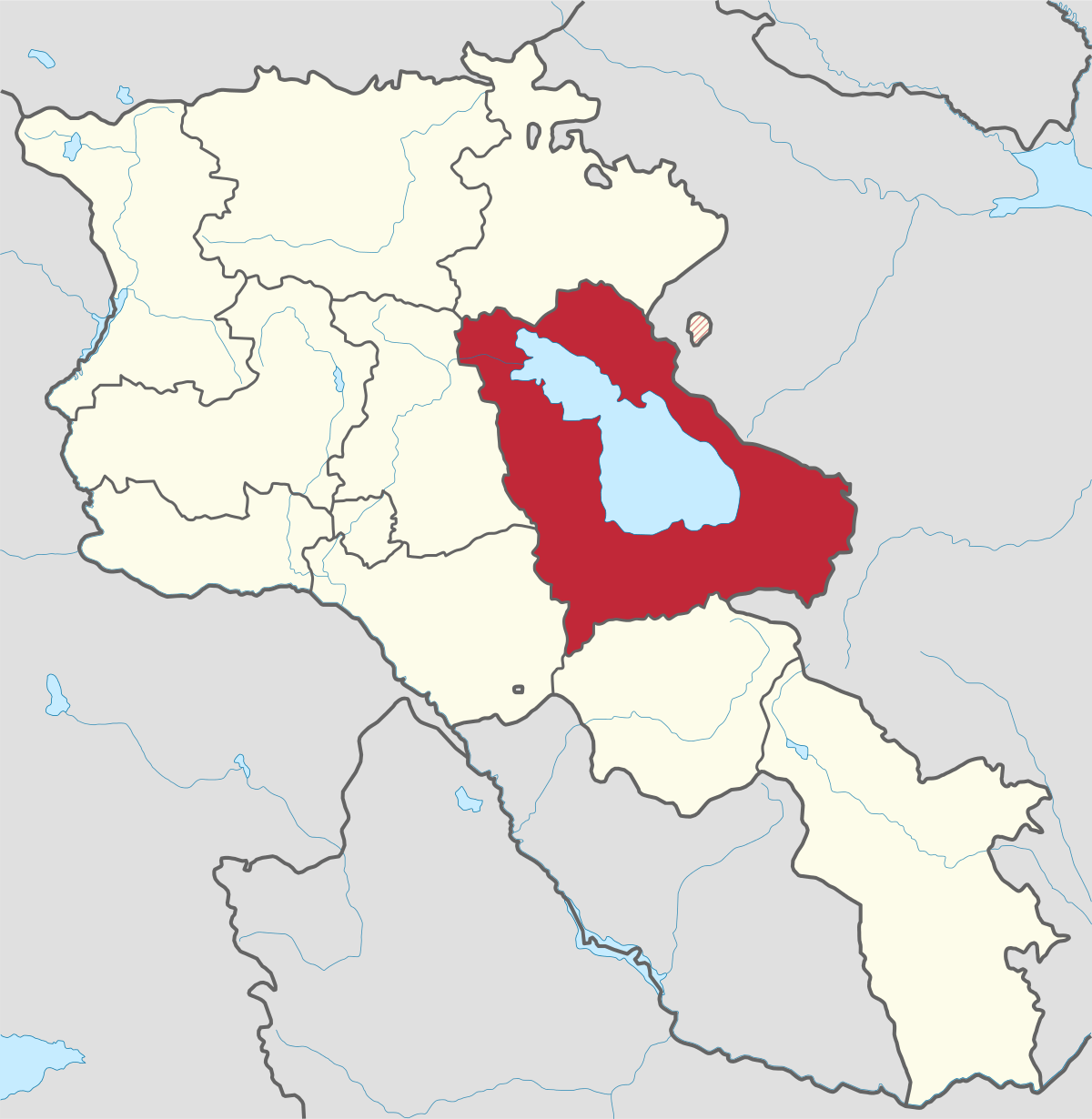
Gegharkunik ist die größte Region Armeniens, die an Aserbaidschan und die Shahumyan-Region der Republik Berg-Karabach grenzt. Ein Viertel der...
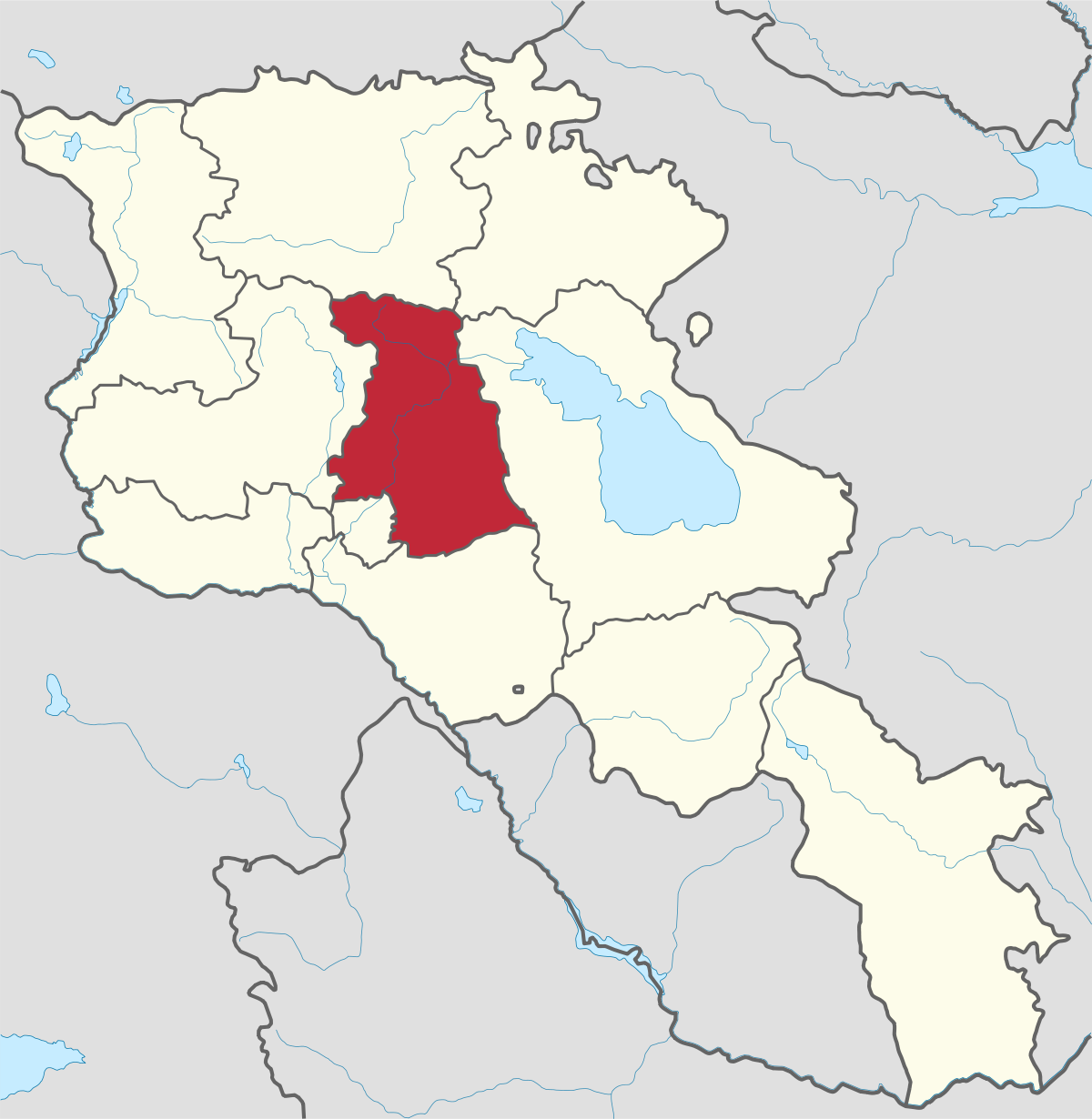
Kotayk region is located at the central part of the country and is home to many must-see sites in Armenia including the pagan Temple of Garni...
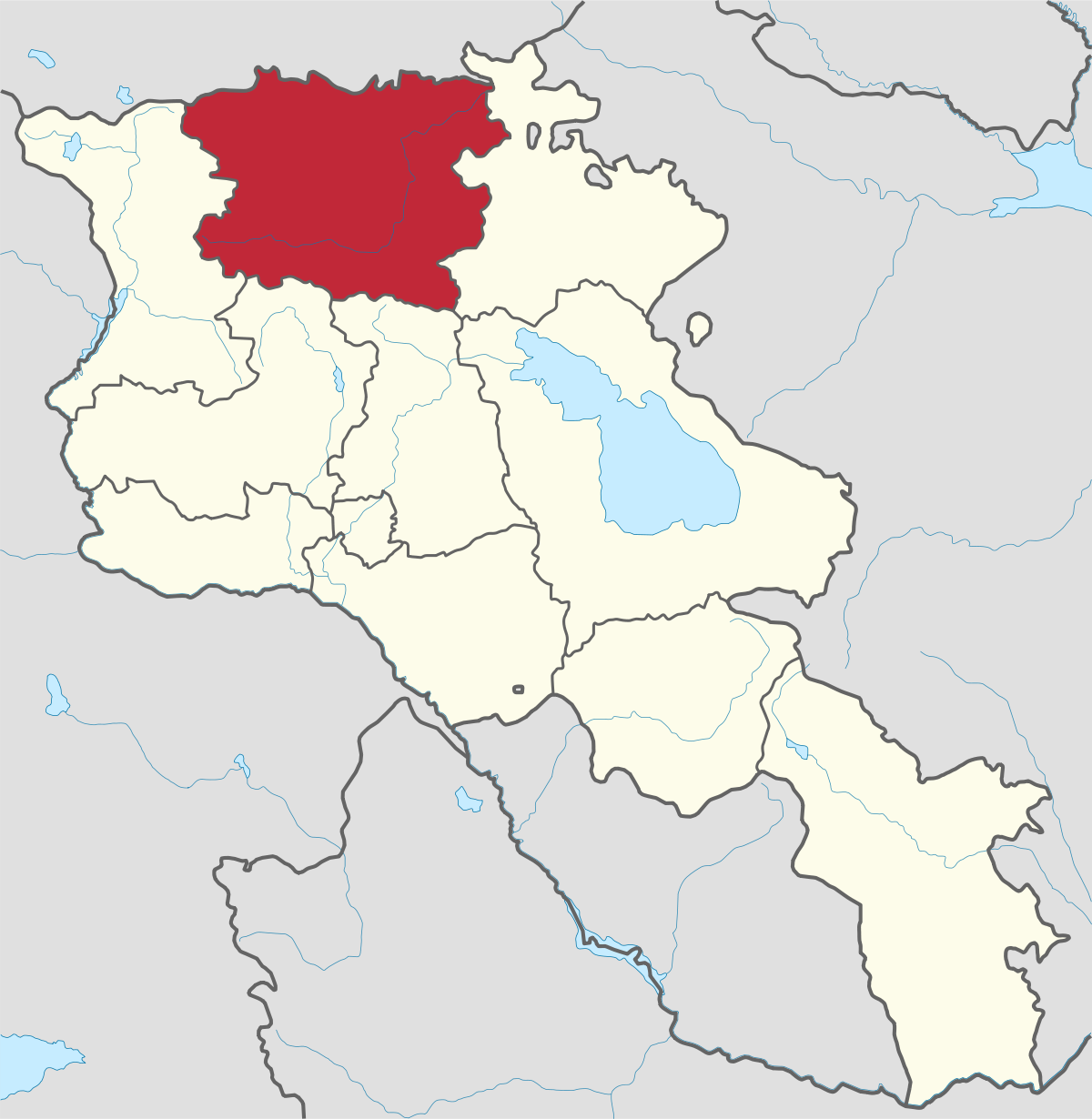
Lori region is in the northern part of Armenia, bordering on Georgia. It is considered Armenia’s greenest area, with more native forest land than...
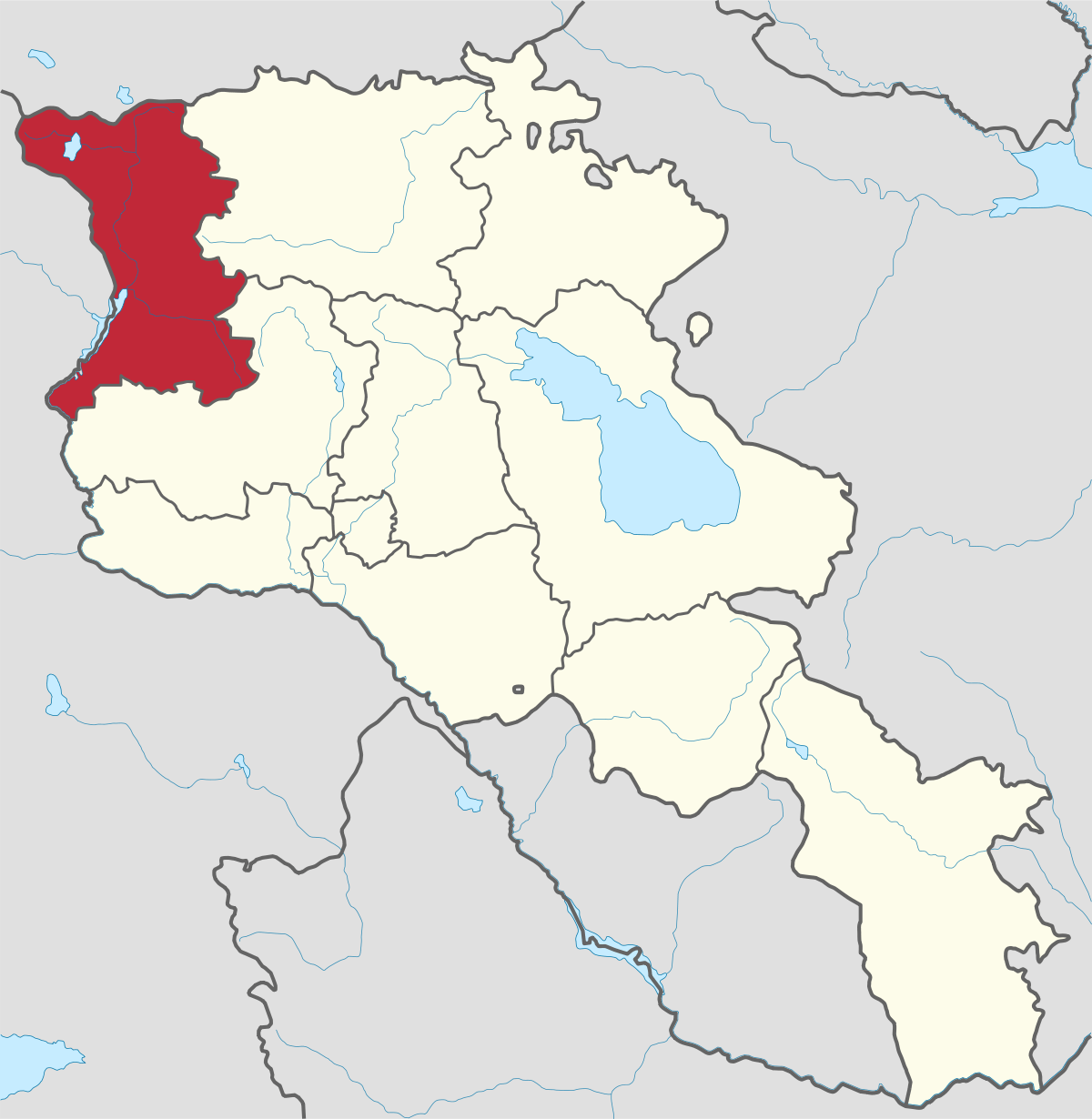
Shirak region lies in the north-west of Armenia. It borders with Georgia and Turkey. Shirak region is mainly dominated by the Ashotsk Plateau and...
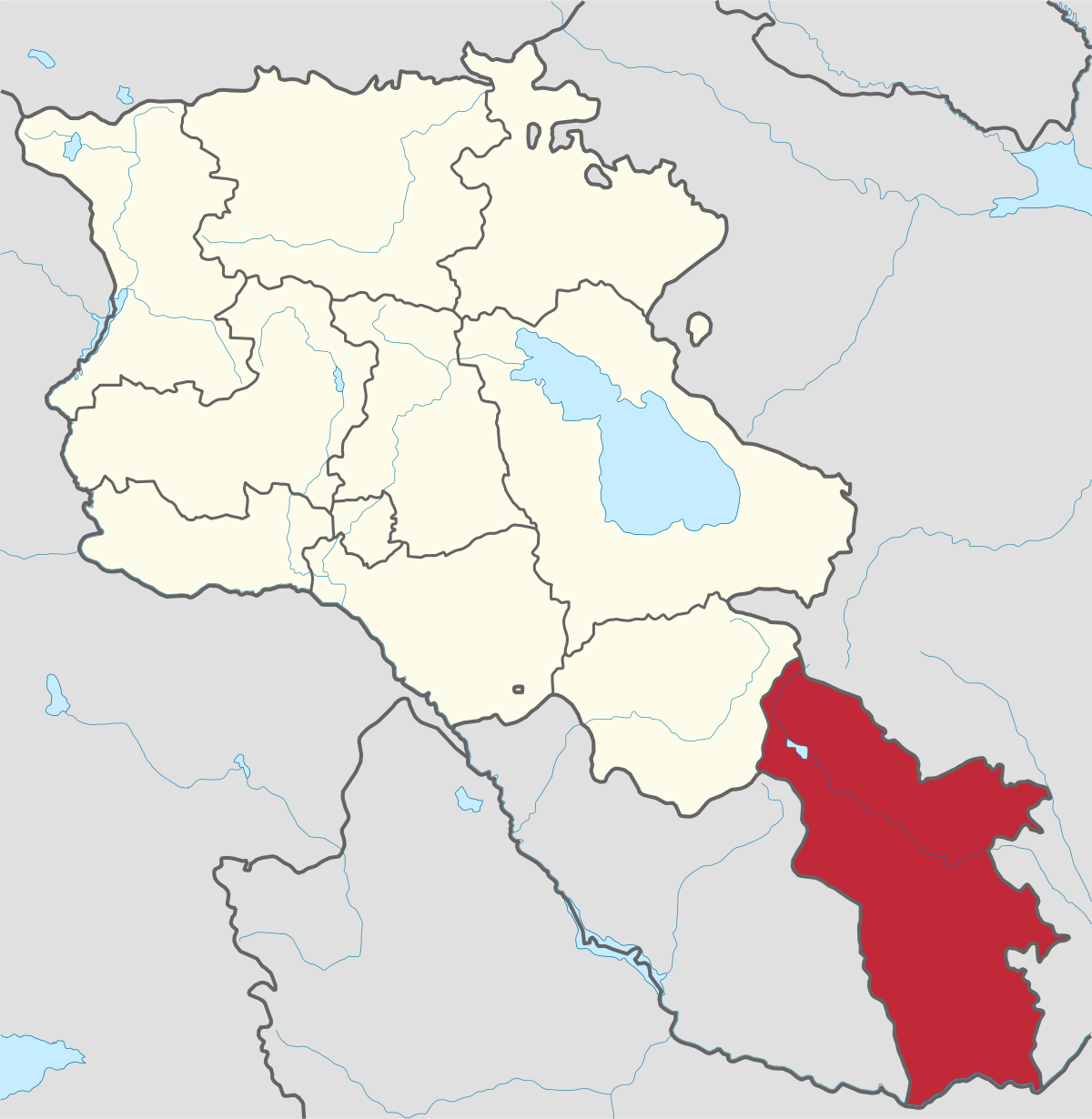
Syunik region- It is in the southern part of Armenia, bordering by Azerbaijan's Nakhchivan Autonomous Republic exclave, the de facto independent...
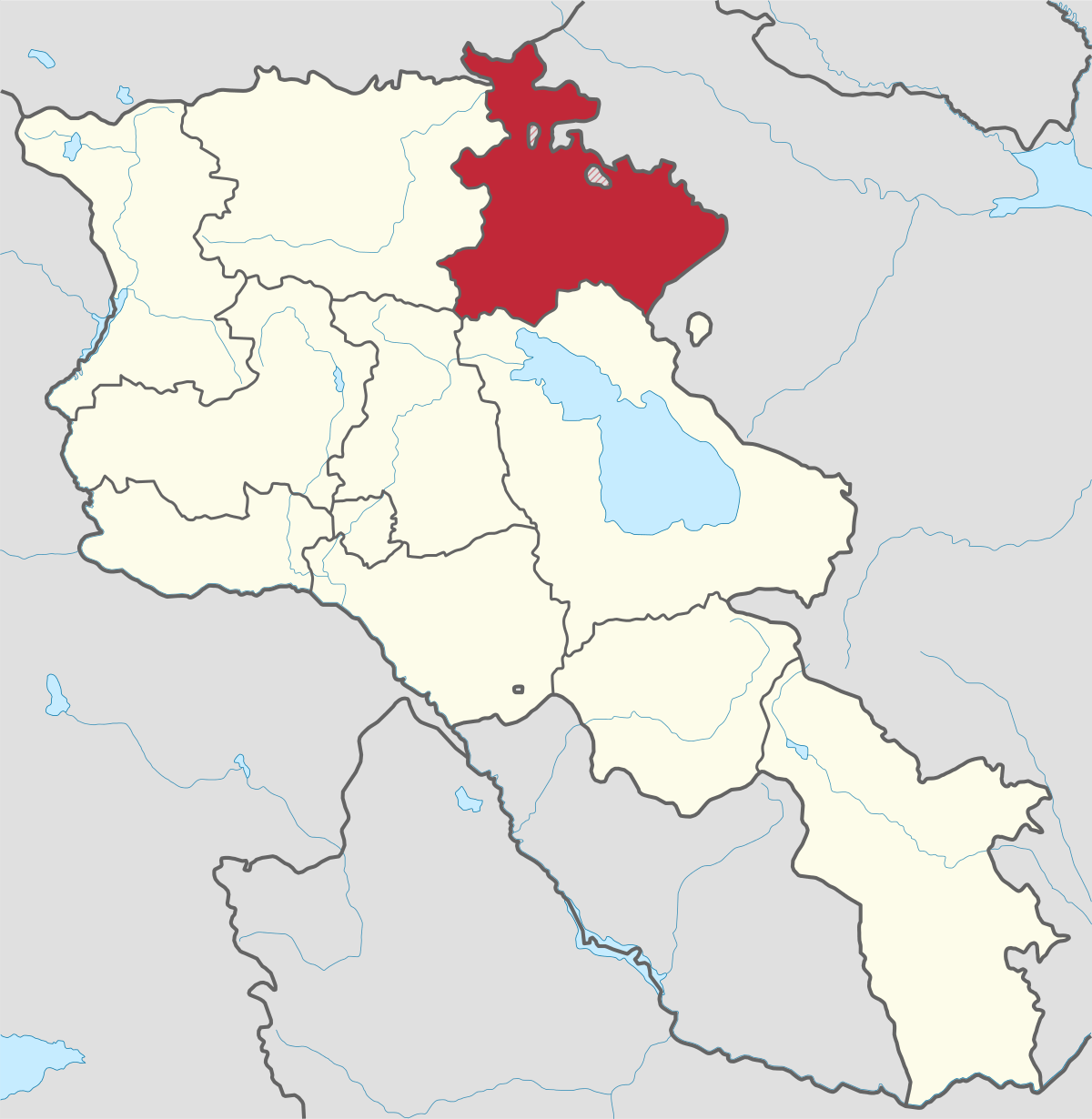
Tavush region lies in the Northeast of Armenia, bordering by Georgia and Azerbaijan. The territory is mainly mountainous and rocky hillsides...
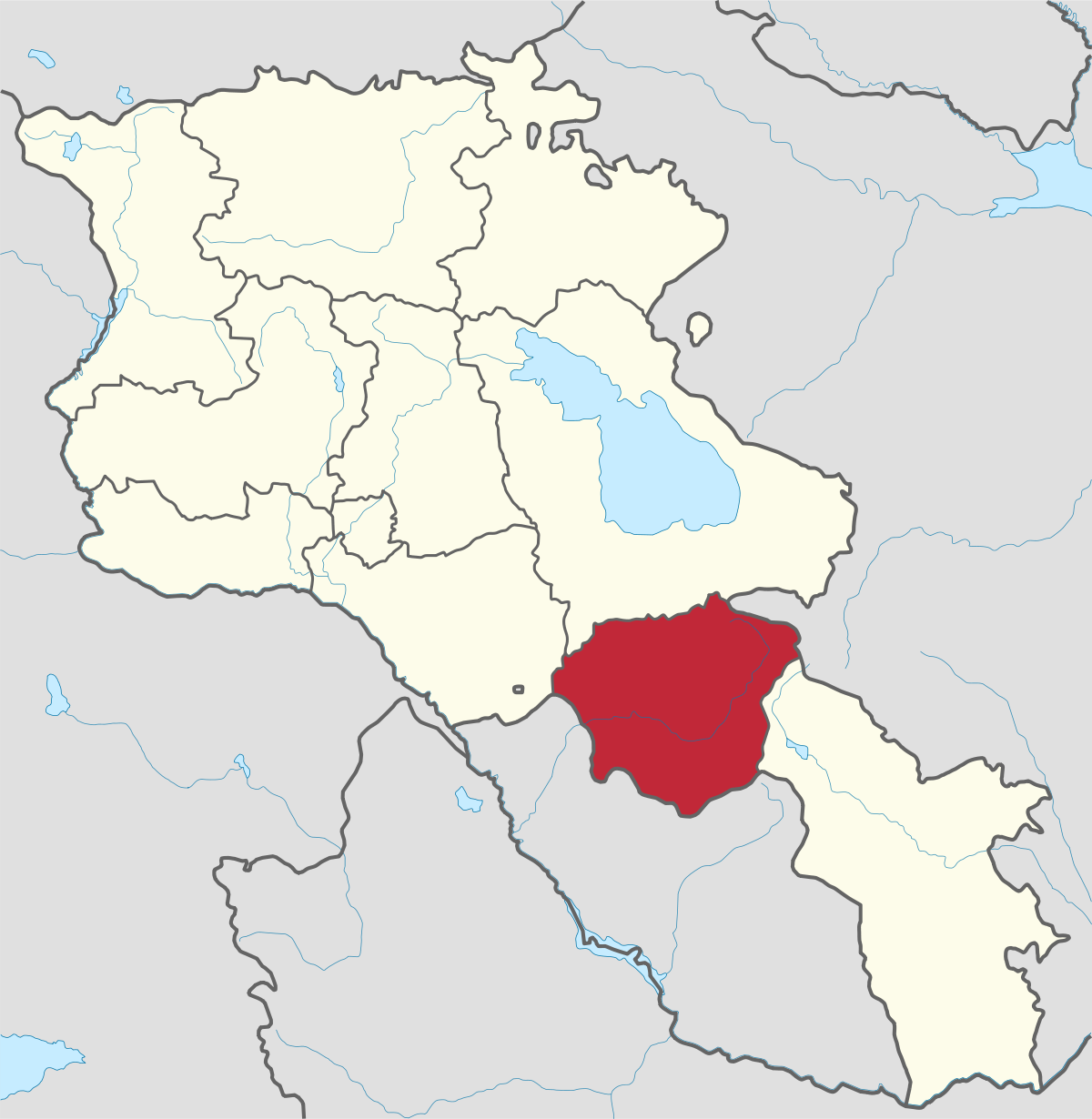
Vayots Dzor region is mainly a mountainous region at the southeastern end of the country, known with Jermuk Waterfall, Areni cave, Smbataberd...
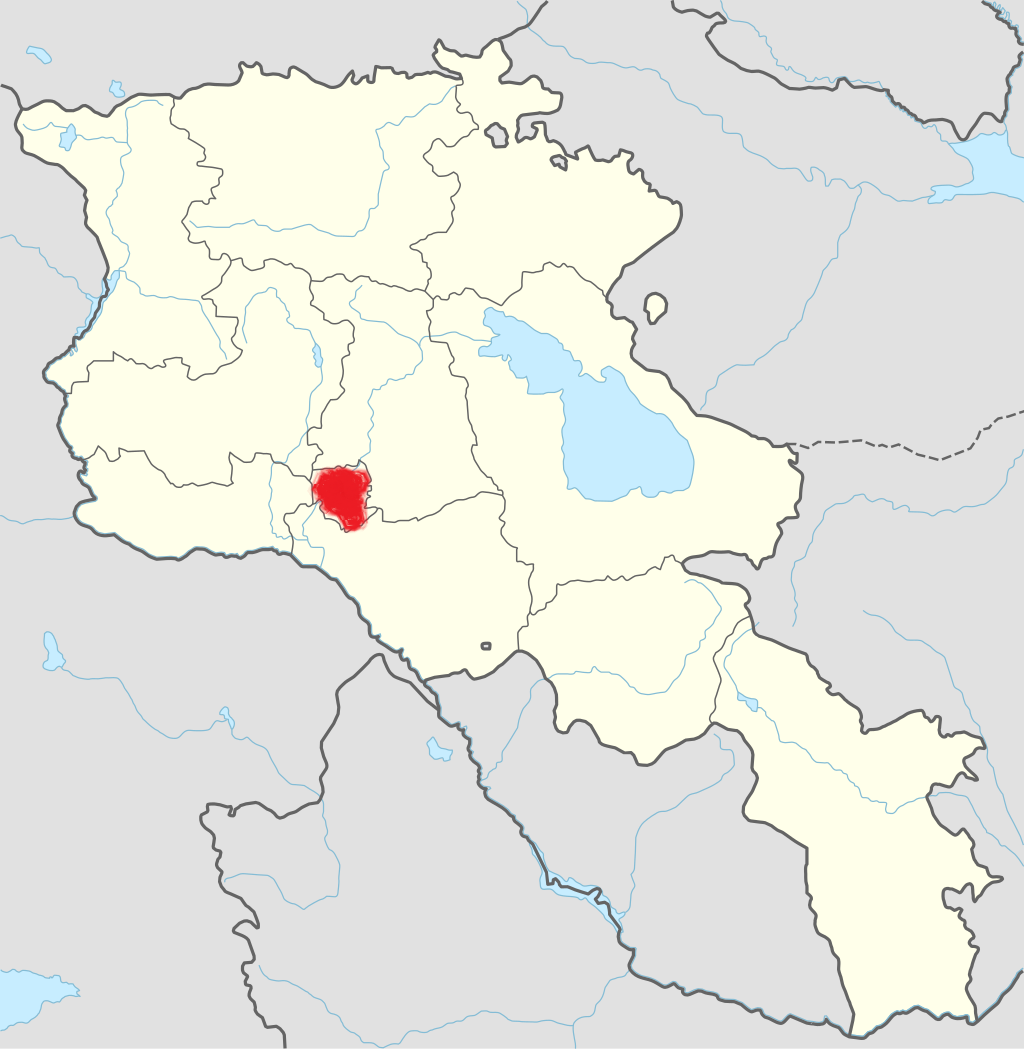
Yerevan city – 2800 years old. Yerevan is the capital of the Republic of Armenia with more than 1 million people. It is an amazing city with view...
800
149
1476
32